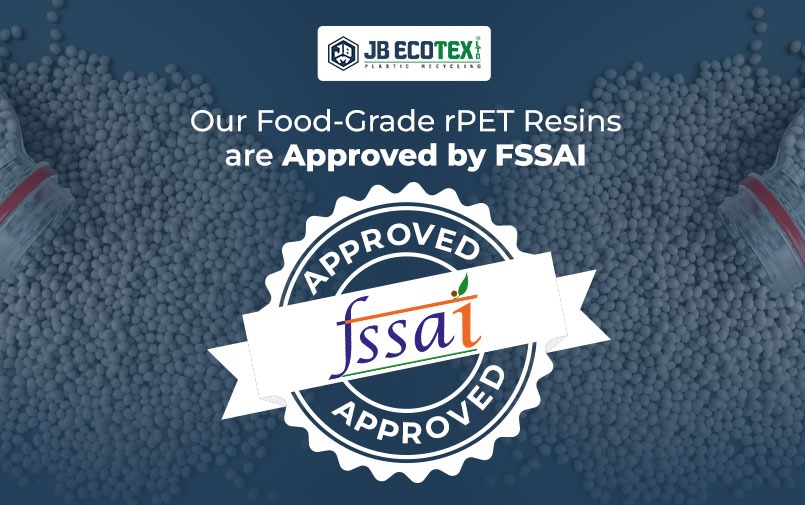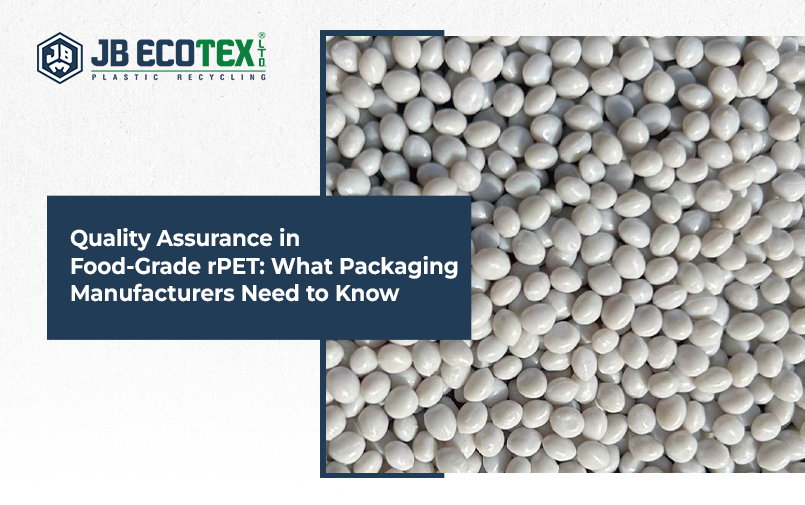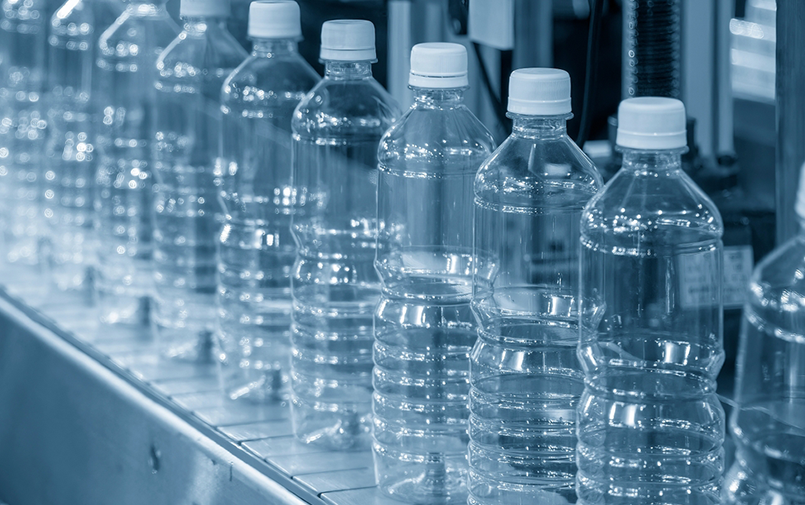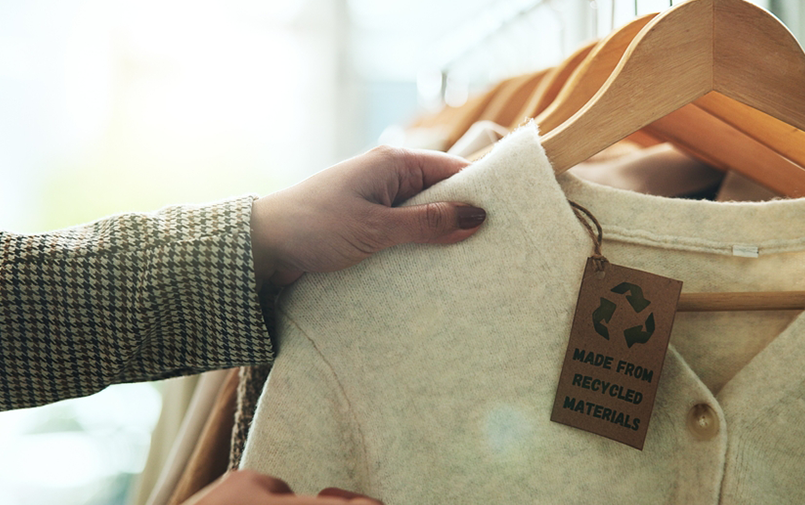
Everyone is familiar with the term renewable energy these days. But did you know the term “renewable energy” was first used widely in the 1970s? That’s because that about the time when the world started waking up to the dangers of relying too heavily on fossil fuels. It wasn’t commonplace to understand the gravity of pollution back then. The common people were still trying to really wrap their heads around the concept. Scientists saw the writing on the wall: if we kept burning through coal, oil, and gas, we’d eventually run out, and the damage to the planet would be irreversible.
That was over 50 years ago. Today, we’re living in the reality they warned us about. Extreme weather, rising temperatures, plastic-filled oceans, and the scariest pictures painted then, all happening now. But here’s the silver lining. In our present, we don’t just need to talk about the problem anymore. We have the alternatives. We understand the urgency. All we need to do now is act on it. So what are the most effective ways to turn things around, you ask? Well, it’s by recycling our resources and by switching to renewable energy.
At JB ECOTEX Ltd., we are doing our bit by doing both: recycling plastic bottles into high-quality fibers and resins and using clean, renewable energy to do it. Because recycling, while essential, isn’t enough if the energy behind it comes from polluting sources.
That’s why we want to talk about why renewable energy matters and what it means for industries like ours.
Why Renewable Energy Is a Big Deal for Recycling and Manufacturing
Let’s pause for a second and truly consider the sheer amount of energy required to transform plastic waste into something fresh and innovative. It all begins with collecting and sorting the materials, which is no small feat. Then comes the cleaning process, followed by shredding them down into manageable pieces, and finally, the melting stage. Each step demands considerable effort and resources! Yes, it’s an energy-heavy process. Now, if we were powering all that with just coal or gas. It would defeat the purpose, right?
That’s why incorporating renewable energy in our processes is so essential. Instead of burning limited resources on high energy consumption processes, we must genuinely consider utilising the power of the sun, wind, and water. Sources that don’t run out. And don’t pollute when done efficiently.
For industries like plastic recycling and textile manufacturing, the switch to renewables has gone beyond being eco-friendly. It has become about being efficient, effective, and eco-friendly.

How JB ECOTEX Powers Sustainability with Renewables
We realised early on that recycling plastic while using fossil fuels was like taking one step forward and two steps back. So, we made a bold decision: we’d power our entire production with renewable energy. It wasn’t easy and it wasn’t overnight but through consistent work and steadfast dedication, we are now proudly:
1. Harnessing the Wind: We’ve installed 7.2 MW of wind energy capacity. This alone powers a significant part of our operations, reducing our reliance on conventional electricity.
2. Capturing the Sun’s Power: Our 1.2 MW solar plant is set to be fully operational by March 2025, ensuring even more of our energy comes from clean sources.
3. Zero Liquid Discharge (ZLD): It’s not just about energy. Our ZLD system ensures that no wastewater leaves our facility. Every drop is treated and reused, preventing pollution.
This is not something we did to tick some boxes to gain validation and goodwill from counterparts and stakeholders. No, we did it because at Jay Bharat, we believe that growth matters only if it isn’t at the cost of society at large.
What Does This Actually Achieve?
Switching to renewable energy has had a ripple effect across everything we do:
- Lower Carbon Emissions: By using wind and solar, we’ve cut down our greenhouse gas emissions significantly. According to the International Renewable Energy Agency (IRENA), renewables can reduce CO₂ emissions by up to 70% in industrial sectors by 2050.
- Energy Efficiency: From where we stand, clean energy is about more than reducing emissions. It’s about reliability. When our operations run on renewable power, they run more smoothly. There are fewer disruptions, fewer last-minute fixes, and more consistency. It’s easier to manage production when the energy behind it is stable. And honestly, it feels better knowing that the work we do every day isn’t adding to the problem.
- Reliable Operations: We’ve witnessed a remarkable transformation in how businesses function thanks to renewable energy. It’s not merely about slashing carbon emissions; it’s fundamentally about building resilience. By stepping away from the traditional fossil-fuel-powered grids, companies can steer clear of the perils of power outages, erratic price hikes, and the unpredictable nature of energy supply. Our wind and solar energy solutions provide us with a comforting assurance that operations will carry on uninterrupted, regardless of any chaos unfolding beyond our walls.

- Regulatory Alignment: The rules around sustainability—like India’s EPR guidelines and Plastic Waste Management Rules—aren’t just paperwork for optics. They’re reminders of the responsibility we all share. But here’s the thing: when renewable energy is part of your core operations, compliance isn’t stressful. It just happens naturally. We don’t need to scramble to meet standards because we’ve built our processes around them.
- Cleaner Supply Chains: We’ve always believed that sustainability doesn’t end with the final product. It’s about how that product is made. When we use renewable energy, it means every step—every recycled bottle, every fiber we produce—comes with a smaller environmental footprint. For the brands that we partner with, that isn’t merely a detail. It is evidence that their supply chain is a reflection of the principles they uphold.
Why Should the Industry Care?
Now onto the hard truths. Industries that ignore renewable energy today will struggle tomorrow. Governments worldwide are ramping up the restrictions, and the public is getting wiser. Consumers no longer desire green products; they want to know that they were made with responsibility. Consumers do not want to do the wrong thing or support the wrong ventures with all the choice that is out there.
In India, the need to go green is greater than ever. With government initiatives like the National Action Plan on Climate Change (NAPCC) and the Energy Conservation Act, businesses are being encouraged, and in some cases, required legally, to adopt cleaner practices.
If your organization is still relying on fossil fuels, you’re not only risking the environment. It’s also risking your reputation, your compliance, and ultimately your bottom line.

Facing the Challenges Head-On
Of course, making the switch isn’t always easy. We, more than anyone, can understand. Renewable energy systems require upfront investment, and retrofitting old operations takes time. But even with all the roadblocks, waiting isn’t an option.
Here’s How We Tackled These Challenges:
1. Careful Planning: We started by understanding our energy needs, assessing which parts of our operations consumed the most power. From there, we planned a phased transition, gradually increasing our renewable capacity while ensuring production remained smooth.
2. Partnerships: Working with reliable energy providers made a huge difference. Their expertise helped us identify the right mix of wind and solar energy while ensuring the systems were efficient and scalable.
3. Ongoing Monitoring: Renewable energy isn’t a “set it and forget it” solution. We continuously track our energy consumption, production output, and system performance. This helps us spot inefficiencies and make adjustments when needed.
4. Infrastructure Upgrades: Transitioning to renewables meant modernizing some of our older equipment. Energy-efficient machinery not only reduced power consumption but also ensured we were getting the most out of our clean energy sources.
5. Staff Training and Awareness: Shifting to renewable energy also required a mindset change. We invested time in training our teams, ensuring everyone—from production staff to management—understood how to operate efficiently within a renewable-powered system.
6. Energy Storage Solutions: To maintain consistent energy supply, we implemented storage systems that capture excess energy generated during peak sunlight or wind hours. This ensures operations continue seamlessly, even during low-generation periods.
7. Backup Planning: While renewables are reliable, having a backup plan is essential. We designed a system that allows for quick switches between energy sources, ensuring there’s no disruption to our production processes.
8. Regular Maintenance: To keep our renewable energy systems running at peak performance, we’ve established a routine maintenance schedule. This prevents small issues from turning into costly problems and keeps our energy output consistent.
9. Data-Driven Decisions: We rely heavily on energy analytics to understand patterns and make informed decisions. This includes everything from adjusting production schedules to maximising energy use during peak generation hours.
10. Collaboration with Industry Leaders: We didn’t tackle this alone. Collaborating with industry experts, sustainability consultants, and government bodies ensured we followed best practices and stayed ahead of regulatory requirements.
The result of all that effort and time we put in? Very rewarding. A cleaner, more resilient operation that aligns with our values as well as our customers’ expectations.
What Can Other Businesses Do?
You don’t have to go all in, all at once. We didn’t. We took it slow. Did it in stages. Did it right. If you’re in manufacturing, recycling, or any industry that consumes significant energy, here’s where you can start:
1. Evaluate Your Energy Use: Understand how much energy you’re consuming and where it’s coming from.
2. Explore Renewable Options: Depending on your location, wind, solar, or even biogas could be viable.
3. Start Small: You don’t have to overhaul everything overnight. Begin with partial renewable integration and scale up.
4. Partner Wisely: Work with certified renewable energy providers to ensure reliable supply.
5. Educate Your Team: Sustainability works best when everyone is on board—from leadership to the production floor.
This is help you create a clear roadmap that works for your industry and operations.

If Not Now Then When?
Now to focus on the bare essentials: adopting renewable energy isn’t just about looking good on a sustainability report. It’s about future-proofing your business and protecting the planet for the next generation. Period.
At JB ECOTEX, we’re proud of the progress we’ve made. But this isn’t about patting ourselves on the back. It’s about pushing the industry forward because we can’t afford to wait any longer.
Renewable energy is here. It’s viable, it’s efficient, and it’s essential. If you’re not thinking about it yet, it’s time to start. Because the future of business isn’t just green. It’s powered by the sun, the wind, and the choices we make today.
Don’t wait to make the switch. Start now. Let’s do it together.











